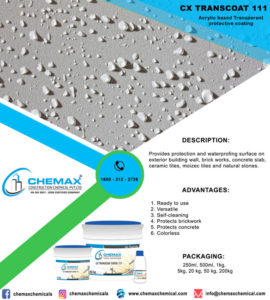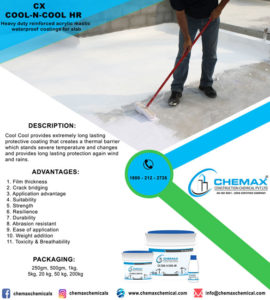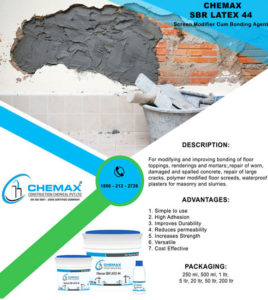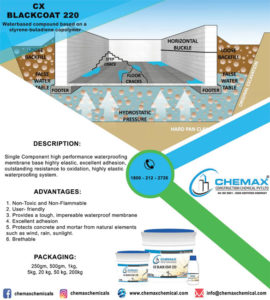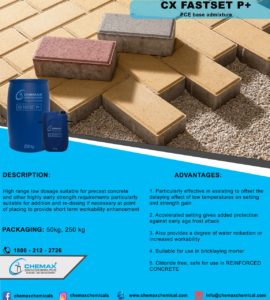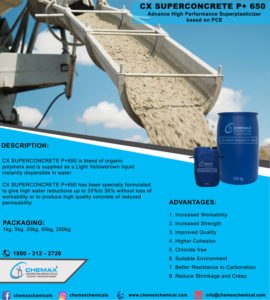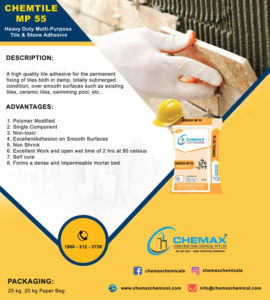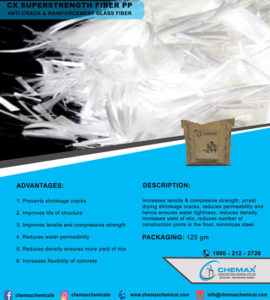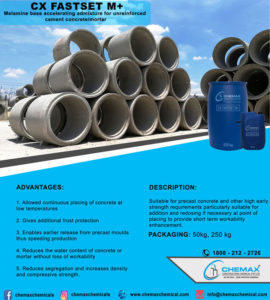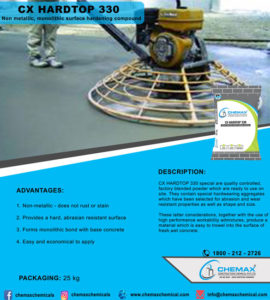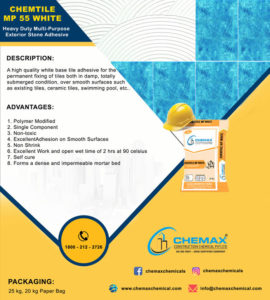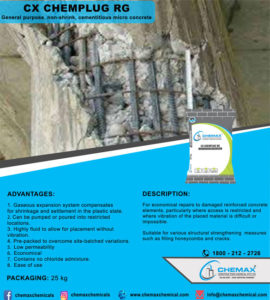AAC Block Adhesive - Procedure, Specification & Advantages
The construction of AAC blocks, fly ash bricks, concrete blocks, etc. is sped up by using AAC Block Adhesive, a polymer-based multifunctional jointing material.
It is a high-quality, pre-mixed mortar that is simple to apply and substitutes the traditional jointing mortar, which typically has a thickness of 12 to 18 mm, with a much more adaptable 3-5 mm thickness.
We go over the jointing process, uses, technical details, and benefits of the AAC block adhesive in this post.
Advantages of AAC Block Adhesive
Fewer Materials and Thinner Joints
AAC blocks can be joined with 3–4 mm of adhesive, whereas cement–sand mortar requires mortar joints to be 8–12 mm thick. As a result, up to 75% less jointing material is used.
Quick Construction
Only water has to be added to the ready-mixed AAC Block Adhesive for application. While in the case of cement-sand mortar, the raw materials must be accurately measured before being carefully mixed to create the paste, which takes time.
No Curing
Without extra water, the glue will already have the necessary strength thanks to the water injected during mixing. As a result, the curing procedure is totally removed.
Site Cleanliness Because the mixing, transporting, and applying processes are so clearly laid out and hassle-free, it is simple to maintain a clean site environment.
The masonry wall can begin further work, such as plastering, in just 24 hours because no curing is necessary. While the curing process for cement-sand mortar takes seven days.
Less Wastage
Twenty to thirty percent of cement mortar waste occurs during use. While there is little to no AAC block adhesive waste.
Thermal Insulation
The glue for AAC blocks has been specifically created to match their thermal insulation capabilities. Because of this, unlike cement mortar, the entire structure of masonry serves as a thermal barrier.
AAC Block Adhesive Features
· Thin jointing layer and high adhesive strength.
· Since the glue has already been mixed, joining and mixing are simplified.
· The cost of adhesive is too low when compared to cement mortar since the thickness is so thin (3 to 5mm).
· Neither the glue nor the AAC blocks need to be cured.
· It takes less time to reach high tensile strength.
· Because of its extremely thin thickness, adhesives prevent shrinkage fractures in joints.
· The adhesive has minimal VOC and is appropriate for green buildings because it is polymer-based.
Procedure of Jointing
Surface Preparation :
The application surface needs to be well cleansed to remove any loose debris, dust, dirt, oil, or grease.
The base must cure before the adhesive is put to it.
Prior to application, any surface flaws including cracks, holes, or voids should be fixed.
Adhesive Mixture
Adhesive must be completely and correctly mixed with water.
About 25–30% of the weight of the adhesive is made up of water and adhesive.
For combining, it is advised to use pure potable water.
The bucket used to mix the adhesive is cleaned, water is added, and the necessary amount of adhesive is placed inside.
To save time, labour, and to ensure optimal workability, it is recommended to utilise a mechanical stirrer for uniform and thorough mixing.
The mix’s thickness and consistency are chosen based on the intended purpose.
Application of adhesive
Using a suitable trowel, apply a thin coating of mixed adhesive to the AAC blocks that will be the subject of the block work, with a thickness of 3 to 5mm.
Some of the Important Links Are Below:
- AAC Block Adhesive Manufacturer
- AAC Block Adhesive India
- AAC Block Adhesive Supplier Navi Mumbai
- AAC Block Adhesive Exporter India
- Building Construction Chemical Manufacturer India
- Building Chemicals – AAC Block Adhesive
- CHEMAX AAC Block Adhesive




